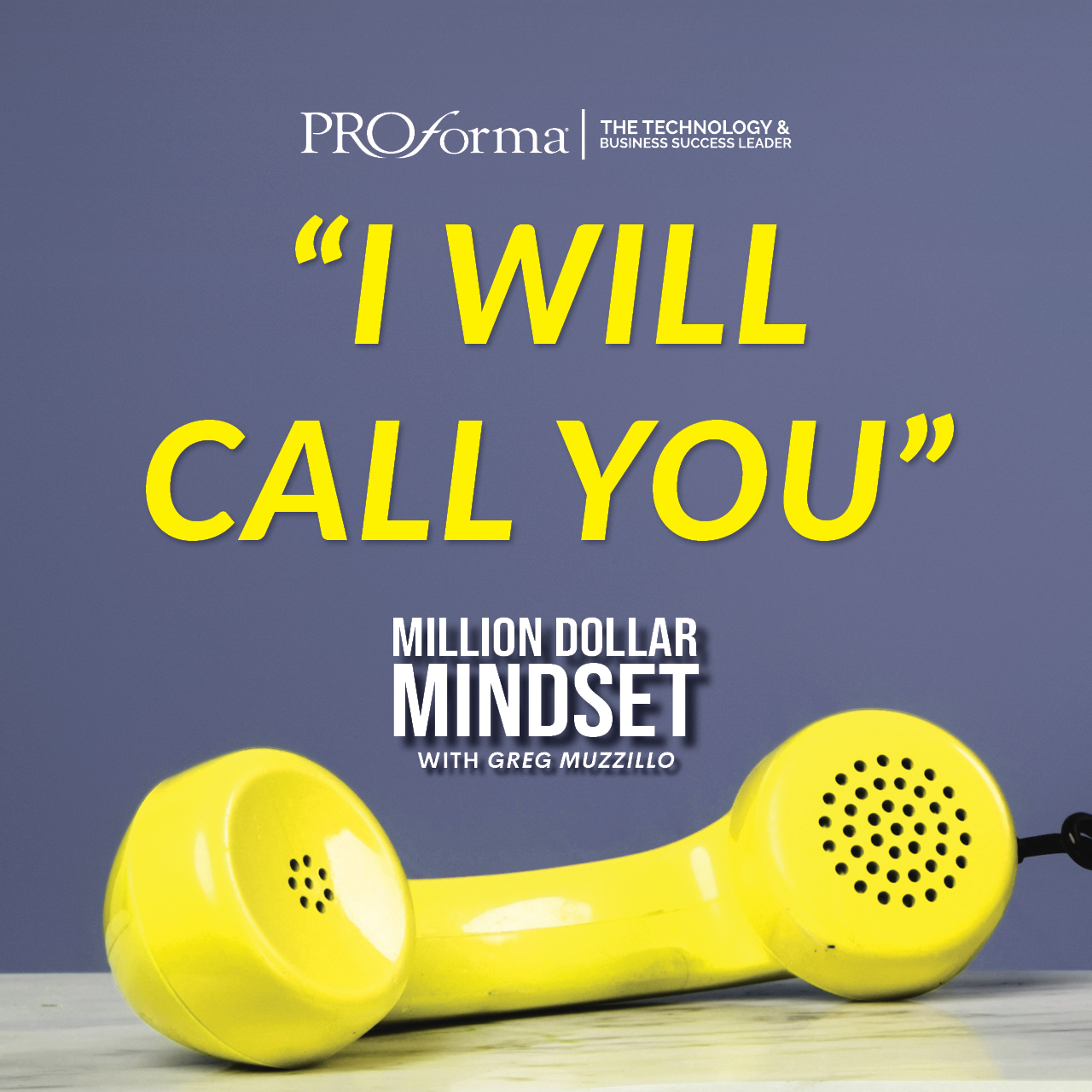Art museums and artists are doing more to blend retail and appreciation through branded merchandise. Want proof? Look no further than a recent ArtNet op-ed by Elliot Safra, titled “Why Artist and Museum Merchandise Is the Next Major Growth Category for the Ever-Expanding Art Market.”
According to Safra, museums have been forming partnerships with non-art brands like Akashi Murakami for watches or David Salle for swimwear. Some of these releases have been in the form of ever-popular capsule drops, playing into that streetwear hype that generates buzz through exclusivity. It works, too.
As for increased gifting options, some museums have opened multiple stores outside their main locations. MoMA, for example, operates six retail stores and has even branched out into traditional retail sites like Nordstrom to sell its Design Store products in multiple locations across the U.S.
We worked with #FaithRinggold to reproduce this work as an exclusive skateboard diptych, now available at MoMA Design Store.
Learn more: https://t.co/NKtf4ICfuK pic.twitter.com/4eqlNx6Aay
— MoMA The Museum of Modern Art (@MuseumModernArt) January 20, 2022
And that’s only the tip of the impressionist iceberg. Via Safra in ArtNet:
The Brooklyn Museum, London’s National Gallery, the Museo Nacional Thyssen-Bornemisza, Boston’s Museum of Fine Arts. What do all these institutions have in common? They’ve all signed global licensing deals in the past two years to create merchandise based on works in their collections. The company Artistory, for example, which was founded in 2020, is not only licensing out museum designs to brands, but is also now creating museum merchandise itself.
Creating products is only the beginning. What museums are doing to market and sell their growing supply of merchandise is even more eye-opening. To increase traffic to its gift shop, the Tate last year collaborated with artist Chila Kumari Singh Burman on a takeover of its retail space. The artist re-imagined the store as an experiential space filled with newly produced neon works (for sale, of course!), a hand-selected musical playlist, and a curated selection of books.
Beyond the museums, artists themselves have been creating shops of their own and stocking them with branded merchandise in addition to art. For example, David Shrigley, who is known for his drawings on social media, created the Shrig Shop in Copenhagen, according to Safra. Other artists are getting in on the e-commerce boom with online stores.
Obviously, this is all good news for the promo industry. The art world may once have been insular, but it’s now opening up to more traditional e-commerce and branded solutions. Art is no longer an inaccessible world full of pretension and only selling art through galleries and dealers. Artists are finding new ways to achieve notoriety thanks to social media, and they want new ways to connect with fans and generate revenue. E-commerce sites and increased stores at museums are one way to do that.



